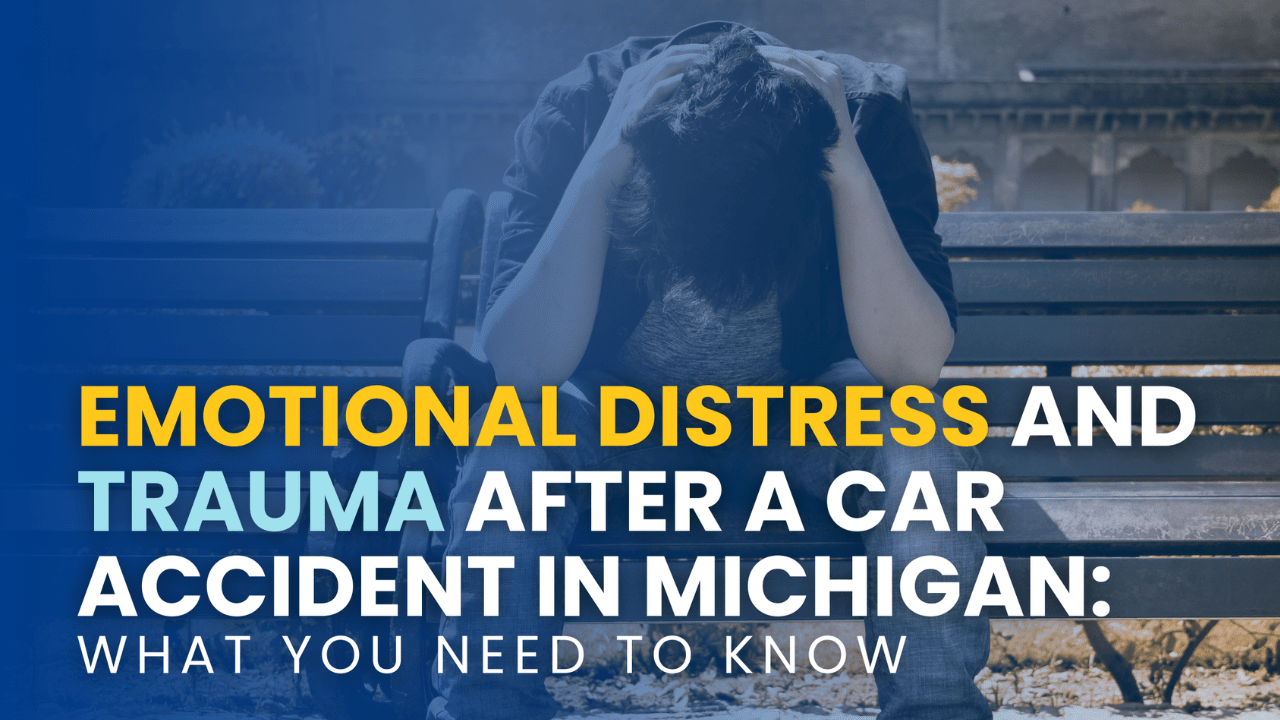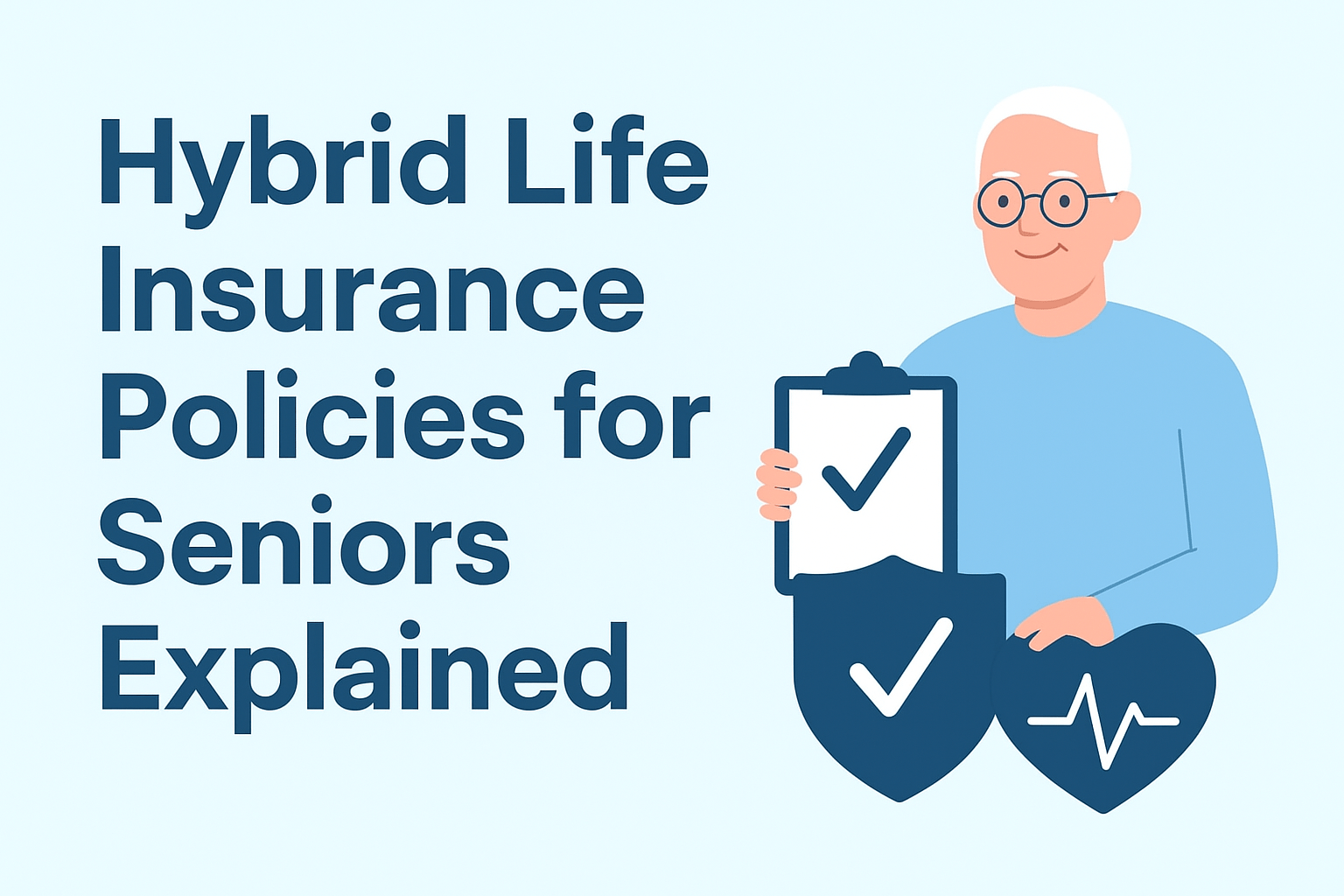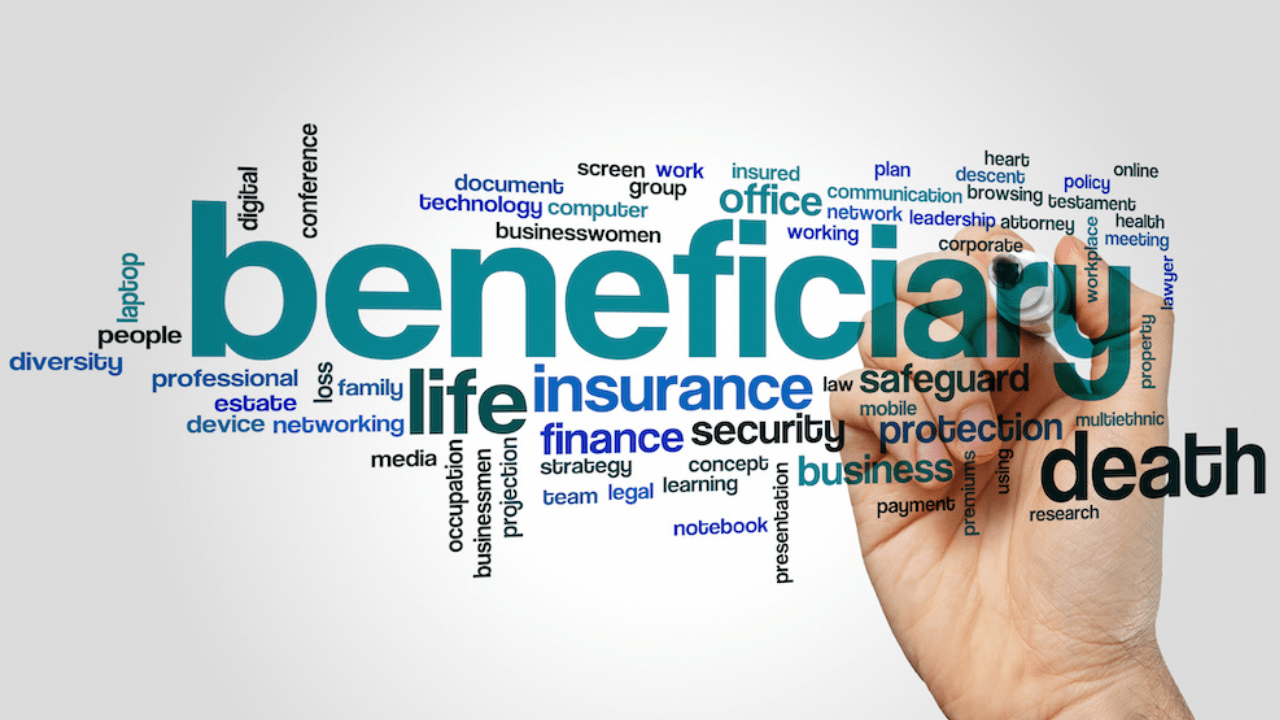Understanding Your Legal Rights, Evidence Requirements, and Potential Compensation
Introduction – Why This Question Matters
After a serious car accident, most people focus on the physical injuries: broken bones, whiplash, surgeries, and recovery timelines. But what about the invisible injuries — the panic attacks when you hear tires screeching, the nightmares that jolt you awake, or the anxiety that makes you avoid driving altogether?
That’s where the question comes in: Can you sue for emotional distress after a crash?
The short answer is yes — in many cases, you can. But the process is far from simple. Emotional distress is an intangible injury, meaning it doesn’t show up on X-rays or CT scans. Proving it requires strategy, evidence, and a clear understanding of the law.
In this article, we’ll break down exactly when you can file an emotional distress lawsuit after a crash, the types of claims available, how to prove your case, and what kind of compensation you might expect.
What Is Emotional Distress in Legal Terms?
In personal injury law, emotional distress refers to mental suffering caused by an incident — in this case, a vehicle crash. It can include:
- Anxiety
- Depression
- Post-Traumatic Stress Disorder (PTSD)
- Sleep disturbances
- Phobias (e.g., fear of driving)
- Mood swings
- Emotional withdrawal
Why Emotional Distress Matters in Car Accident Cases
Physical injuries can heal, but psychological trauma often lingers longer. In fact, research from the American Psychological Association shows that about 25% of car accident survivors develop PTSD. This can affect work, relationships, and overall quality of life.

Two Legal Paths for Emotional Distress Claims
When asking, “Can you sue for emotional distress after a crash?”, the answer depends on how your distress occurred. There are two main legal categories:
1. Intentional Infliction of Emotional Distress (IIED)
This applies when someone’s outrageous and deliberate actions cause severe emotional harm. For example:
- A driver intentionally swerves to scare you, causing a crash.
- A road rage incident where someone verbally threatens you before hitting your car.
To win an IIED case, you typically must prove:
- The defendant acted intentionally or recklessly.
- Their conduct was extreme and outrageous.
- You suffered severe emotional distress as a result.
2. Negligent Infliction of Emotional Distress (NIED)
This is the more common route in crash cases. It applies when someone’s carelessness (negligence) leads to your emotional suffering.
Examples:
- A distracted driver runs a red light and crashes into your vehicle.
- A drunk driver veers into your lane, causing a collision.
Requirements usually include:
- The defendant had a duty of care.
- They breached that duty through negligence.
- Their negligence caused your emotional distress.
- You suffered measurable damages.
Physical Impact Rule vs. Bystander Rule
Not all states handle emotional distress claims the same way.
Physical Impact Rule
Some states require you to have suffered a physical injury in the crash to claim emotional distress damages. The idea is that physical harm makes the emotional harm more believable.
Bystander Rule
Other states allow emotional distress claims if you witnessed a crash that seriously injured or killed a close family member — even if you weren’t physically hurt yourself.
How to Prove Emotional Distress After a Crash
Unlike a broken arm, emotional distress isn’t visible. Proving it requires solid evidence. Here’s how:
1. Medical Documentation
- Records from therapists, psychologists, or psychiatrists
- Diagnosis of PTSD, depression, or anxiety
- Notes on prescribed medication for mental health
2. Personal Journals
Keeping a daily log of symptoms, nightmares, mood changes, and avoidance behaviors can strengthen your case.
3. Witness Testimony
Family, friends, or coworkers can testify about changes in your behavior or emotional state since the crash.
4. Expert Testimony
Mental health professionals can explain the severity of your distress and its connection to the crash.
Potential Compensation for Emotional Distress Claims
When you sue for emotional distress after a crash, damages fall into two categories:
Economic Damages
- Therapy or counseling costs
- Medication expenses
- Lost wages from missed work
- Reduced earning capacity
Non-Economic Damages
- Pain and suffering
- Loss of enjoyment of life
- Ongoing psychological trauma
Factors affecting payout include:
- Severity and duration of symptoms
- Impact on daily life
- Strength of medical evidence
- Whether physical injuries are also present
- State laws and damage caps
Typical ranges:
- Mild: $5,000 – $15,000
- Moderate: $15,000 – $50,000
- Severe: $50,000 – $200,000+
Case Studies – Real-World Examples
Case 1 – PTSD After Rear-End Collision
A Florida teacher developed severe PTSD after being rear-ended at high speed. Therapy records, employer testimony, and expert opinions proved the distress. Settlement: $85,000.
Case 2 – Bystander Witnessing Fatal Crash
A mother in California witnessed her child’s fatal accident caused by a negligent truck driver. She wasn’t physically hurt but developed clinical depression and anxiety. Jury award: $250,000.
Statute of Limitations – Don’t Miss Your Deadline
Every state limits how long you have to file. For emotional distress claims:
- Most states: 2–3 years from the date of the crash or discovery of the injury.
- Exceptions for minors or delayed onset of symptoms.
Missing the deadline can permanently bar your claim.
Steps to Take If You’re Considering a Claim
- Seek medical help immediately — even for emotional symptoms.
- Keep a detailed symptom diary.
- Gather witness statements early.
- Preserve all accident-related evidence.
- Contact an experienced personal injury attorney.
Conclusion – Protecting Your Mental Health and Legal Rights
So, can you sue for emotional distress after a crash? Yes — but success depends on your ability to prove the impact on your life. Emotional trauma is just as real as physical injury, and the law increasingly recognizes this.
By acting quickly, documenting thoroughly, and working with skilled legal counsel, you can seek fair compensation for the invisible wounds a crash leaves behind.




